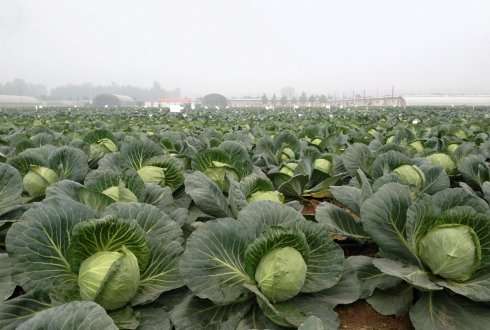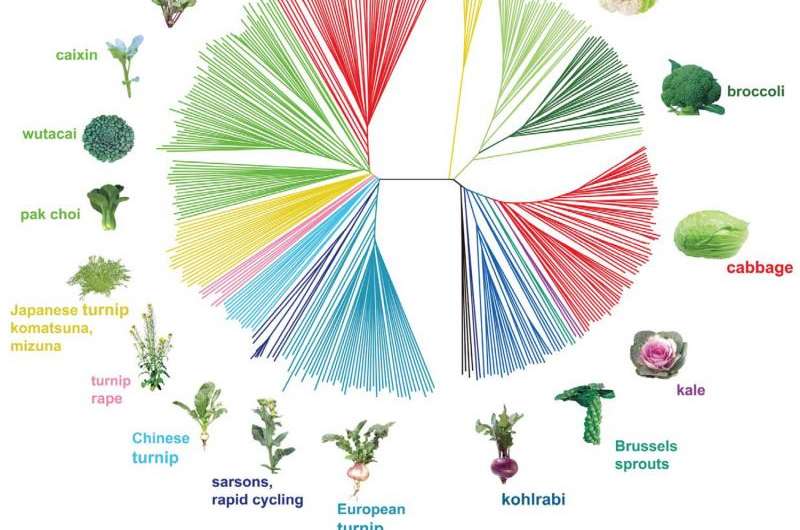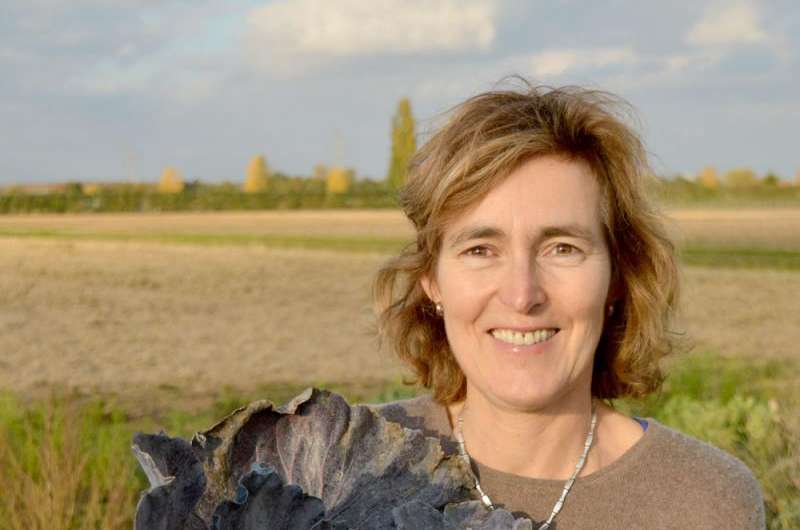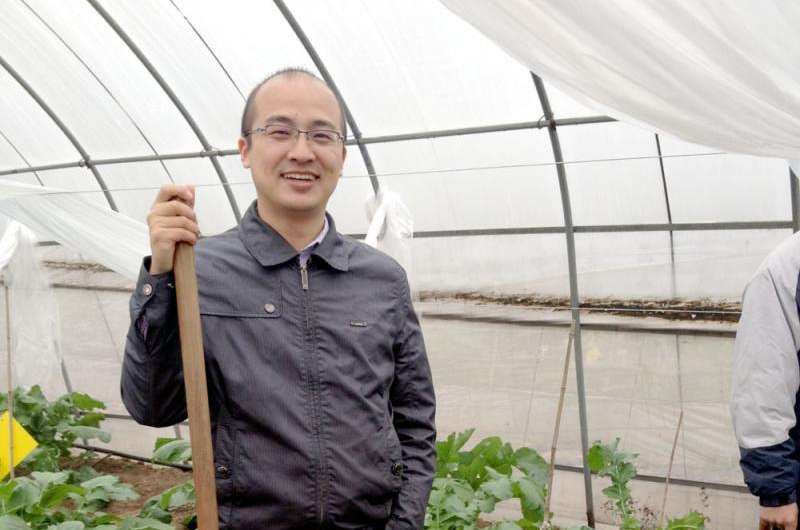How Chinese cabbage and white cabbage became alike

White cabbage and Chinese cabbage have a lot in common: both have leaves that wrap tightly around each other to form a leafy head. Remarkably, however, these two crops originate from two different Brassica species used and domesticated by farmers on two different continents. In their publication in Nature Genetics, scientists from Wageningen UR show how these two different Brassica species developed (were domesticated) in Europe and Asia, sometimes resulting in very similar crops.
Cabbage, kohlrabi and cauliflower are related, domesticated by European farmers centuries ago from the from wild Brassica oleracea progenitors. In Asia an entirely different species, Brassica rapa, developed into crops with similar appearances, such as Chinese cabbage, pak choi and turnips i. Together with scientists from the Chinese Academy of Agricultural Sciences, Wageningen UR scientists have explained how it is possible that these two Brassica varieties at two very different global locations developed into so many diverse, but often very similar crops.
While the domestication of a crop is a long and complex process, there are rare examples in history of something called convergent domestication, in which a similar type of crop develops in different places and at different times. According to Guusje Bonnema, plantbreeding scientist at Wageningen UR and one of the authors of the article in Nature Genetics, the cabbage crops we have in Europe and Asia are a fine example of this process. "These two Brassica species were apparently both relatively easy to domesticate, sometimes into crops that are very alike, such as heading cabbages and turnips and kohlrabies. There are Brassica crops in both Europe and Asia which are cultivated for their floral organs, like cauliflower, broccoli, broccoletto and caixin.."

Brassica species were probably so suitable for domestication and breeding due to the triplication in their genomes. This means that large segments of DNA, and many genes, are present in the genome in triplicate. Sixteen million years ago this triplication developed in an ancestor of the Brassica species. These so-called paralogous genes ensure that variations of genes can be selected in the offspring. This occurs without any loss of essential functions as these functions are still performed by the paralogous genes.
Bonnema: "A cabbage that can be well preserved is tightly wrapped, which means that the leaves are folded into each other. Because a cabbage contains three copies of a specific gene, one copy can develop a mutation which makes the leaves fold, for instance, while other copies retain their original function. Comparing this to other domesticated species without recent genome duplication, we see that these species generally display less different vegetable types. As a result, a mutation in a gene is not as easily selected and will disappear."

Breeding the perfect cabbage
This research is the first proof that genome triplication increases the opportunity for diversity and convergent domestication of the two Brassica varieties. "It provides a fascinating insight into how domestication works and creates opportunities for domesticating new crops," says Bonnema. Moreover, by giving a greater insight into how the underlying genes work, breeders can cultivate the perfect cabbage cultivar.
"Knowing which gene creates a wider or larger leaf and which gene makes the inner leaves fold inward allows us to select specifically on these properties," Bonnema concludes.

More information: Feng Cheng et al. Subgenome parallel selection is associated with morphotype diversification and convergent crop domestication in Brassica rapa and Brassica oleracea, Nature Genetics (2016). DOI: 10.1038/ng.3634
Journal information: Nature Genetics
Provided by Wageningen University
















